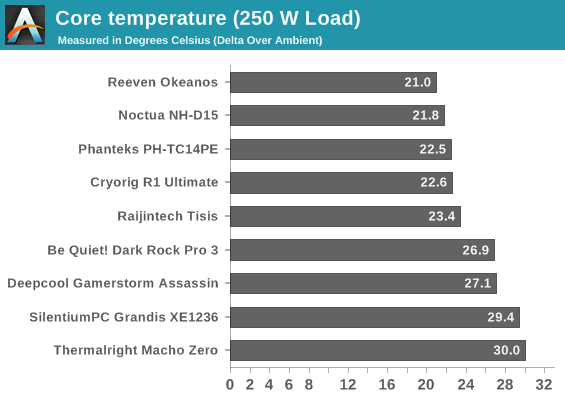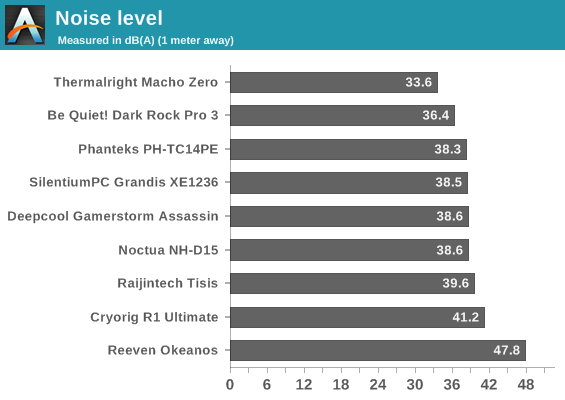This came to mind when I checked out the recently update best coolers list and noticed the dark rock 4 there. I then went to the bequiet! website for more info - specifically the dark rock pro 3 & 4. I wanted to compare them to the D-15(I mean, why not?).
So both of those coolers are rated for 250w tdp cpus, while the D-15 for 165w. But it looks like the D-15 cools better than both? Is there something I'm not aware of? Granted, the articles I read didn't test with cpus of relatively high tdp, just 95w.
So, using an overclocked 7820x(140w+ tdp), would I get better temps with one of the rocks?
Or is the 250w tdp a load of marketing nonsense?
So both of those coolers are rated for 250w tdp cpus, while the D-15 for 165w. But it looks like the D-15 cools better than both? Is there something I'm not aware of? Granted, the articles I read didn't test with cpus of relatively high tdp, just 95w.
So, using an overclocked 7820x(140w+ tdp), would I get better temps with one of the rocks?
Or is the 250w tdp a load of marketing nonsense?




